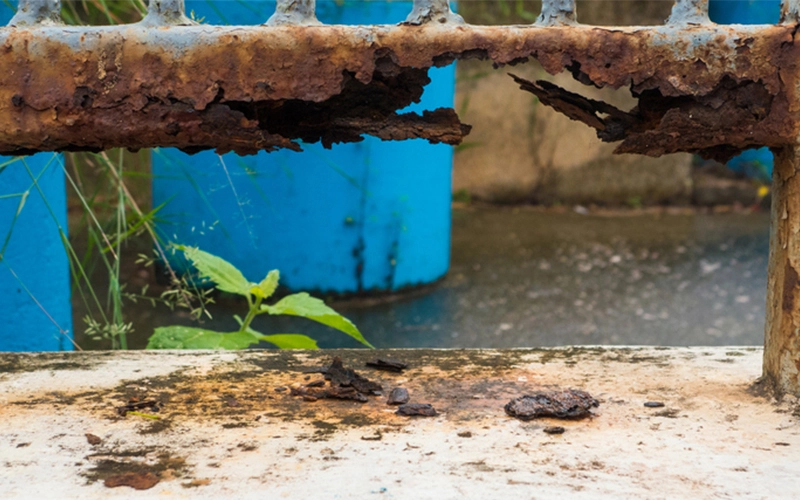

Climate chamber is a very widely used industrial assistant, automotive, electronics, photovoltaic, aerospace and other industries can see its figure. But in fact, the climate chamber also has a very wide range of uses is to calibrate the temperature and humidity indicator, this is how to do it, we through the LIB climate chamber for you to explain this problem.
The general climate chamber is also called the temperature and humidity test chamber, of course, the climate chamber can also be customized on the basis of temperature and humidity other climate options such as salt spray, sand, rain, light, etc. LIB provides customized services for all kinds of test chambers. Why can the temperature and humidity test chamber in LIB be used as a calibration chamber for accurate temperature and humidity indicators?
Because the LIB temperature and humidity test chamber has a very accurate and stable temperature and humidity system, which can form a wide temperature and humidity range in the work room, and the temperature and humidity environment temperature is not easy to be disturbed.
LIB's environment controlled chamber has an advanced temperature control system, which uses high-precision sensors to capture subtle changes in the temperature inside the chamber, coupled with efficient heating and cooling components to ensure that the accuracy of temperature control reaches the industry-leading level. The temperature fluctuation can be strictly controlled within ±0.5℃. The temperature probe in the working room adopts PT-100 Class A sensor with accuracy at 0.001 degrees.
In terms of humidity control, LIB is also excellent. Unique humidification and dehumidification technology for precise humidity regulation over a wide humidity range (e.g. 20%-95%RH) with good humidity uniformity, A wet gauze and a real-time temperature, converted by temperature difference, showing real-time relative humidity.
Model | TH-100 | TH-225 | TH-500 | TH-1000 |
Internal Dimension (mm) | 400*500*500 | 500*600*750 | 700*800*900 | 1000*1000*1000 |
Overall Dimension (mm) | 900*1050*1620 | 1000*1140*1870 | 1200*1340*2020 | 1500*1540*2140 |
Interior Volume | 100L | 225L | 500L | 1000L |
Heat load | 1000W | |||
Temperature Range | A : -20℃ ~ +150 ℃ B : -40℃ ~ +150 ℃ C: -70℃ ~ +150 ℃ | |||
Temperature Fluctuation | ± 0.5 ℃ | |||
Temperature Deviation | ± 2.0 ℃ | |||
Humidity Range | 20% ~ 98% RH | |||
Humidity Deviation | ± 2.5% RH | |||
Cooling Rate | 1 ℃ / min | |||
Heating Rate | 3 ℃ / min | |||
 | ||||
There are a variety of models to choose from to meet the needs of diverse test pieces,For smaller measurements such as temperature and humidity indicators, LIB also has a tabletop environmental chamber recommended.
Here we introduce how to use the LIB climate chamber to calibrate the temperature and humidity indicator:
Ensure that the temperature and humidity test chamber is in stable working condition, has been preheated or pre-cooled to the middle of the temperature range required for calibration, and its own temperature and humidity measurement system is calibrated to meet the accuracy requirements.
Select the appropriate temperature and humidity indicator for calibration, check the appearance of the indicator is not damaged, to ensure that it can work normally.

Set the temperature point of the test chamber: set a series of temperature calibration points on the operation panel of the test chamber, which should cover the expected use temperature range of the temperature and humidity indicator, such as 0℃, 20℃, 40℃ and other common temperature points can be selected.

Balance time: Put the temperature and humidity indicator into the test chamber and close the door. Wait enough time for the air temperature in the indicator and test chamber to reach equilibrium.
Read and record the data: When the balance is reached, read the temperature value displayed in the test chamber and the temperature and humidity indicator at the same time, record it. This process is repeated for each set temperature point.
Calculation deviation: According to the recorded data, calculate the deviation of the temperature and humidity indicator at each temperature point, deviation = The indicator shows the temperature test chamber shows the temperature. If the deviation is outside the allowable error range of the indicator, the indicator needs to be adjusted.
As with temperature calibration, the procedure is similar.
Set the humidity point of the test chamber: Set different humidity calibration points on the test chamber, such as 30%RH, 60%RH, 90%RH, etc., to ensure that the test chamber can accurately control and maintain these humidity levels.

Balance time: Put the temperature and humidity indicator into the test chamber and close the chamber door. Wait enough time for the indicator and the air humidity inside the chamber to reach equilibrium.
After completing the above two steps, read and record the data, calculate the deviation and adjust.
After the calibration is completed, reset several temperature and humidity points, and put the indicator into the test chamber for measurement again to check whether the deviation is within the allowable range to verify the effectiveness of the calibration.
Believe that now you have an understanding of this calibration process, if you have similar needs or are interested, welcome to contact us inquiry@libtestchamber.com to get the solution and quotation of the test chamber, LIB climate chamber will be your quality choice.
 English
English русский
русский français
français العربية
العربية Deutsch
Deutsch Español
Español


